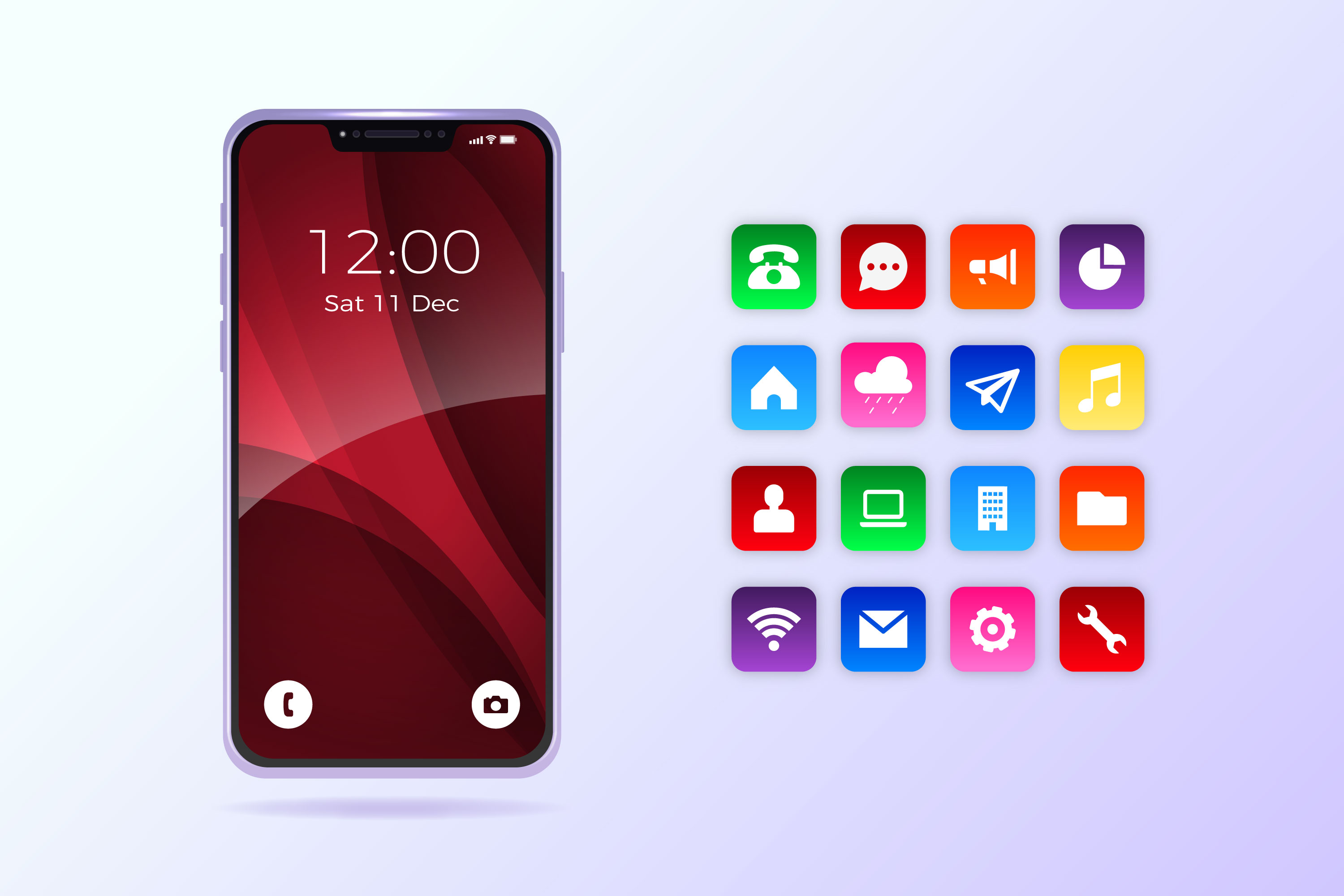However, developing an iPhone app is not as easy as it sounds. It requires an understanding of the process, considerations for design and functionality, and knowledge of the right tools and resources. In this blog post, we'll discuss the strategies and tips you need to know to ensure your next iPhone app development project is a success.
What is iPhone app development?
iPhone app development is the process of building software applications for the iPhone. It involves creating a user interface, integrating features, and developing the app for the Apple iOS platform. The process also involves creating a user experience that is both enjoyable and useful.
When it comes to developing an iPhone app, the development process can be broken down into five basic steps: planning, design, development, testing, and launch. Each stage has its own set of challenges and considerations, and it’s important to understand each step in order to achieve the best results.
Understanding the process of developing an iPhone app
The first step in developing an iPhone app is to plan and define the scope of the project. This includes identifying the target audience, deciding on the features and functionality, and creating a timeline. It is important to think through all the details before starting the development process, as this will save time and money in the long run.
Once the planning stage is complete, it's time to begin designing the app. This involves creating wireframes and user flows, as well as selecting the right color palette and UI elements. It is important to consider the user experience when designing an app, as this will play a major role in the success of the project.
The next step is to develop the app. This involves writing code, integrating features, and debugging the app. It is important to test the app regularly during this stage, as this will help to identify any potential issues before the app is launched.
Once the development is complete, it's time for testing. This involves running the app on different versions of iOS and testing for bugs and issues. It is important to test the app in a variety of ways, as this will ensure that it works as expected on all devices.
Finally, the app is ready for launch. This involves submitting the app to the App Store, setting up analytics and tracking, and creating promotional materials. It is important to plan ahead for the launch, as this will ensure that the app is successful.
Factors to consider when developing an iPhone app
When it comes to developing an iPhone app, there are several factors to consider. First and foremost, it’s important to think about the user experience. This includes the design of the app, the navigation, and the overall flow of the app. It is essential to create an app that is both enjoyable and useful to users.
Another important factor to consider is technology. The app must be able to run on the latest versions of iOS and on a variety of devices. It is important to ensure that the app is optimized for both performance and battery life.
Finally, it’s important to think about the monetization strategy. There are a variety of ways to generate revenue from an app, such as in-app purchases, advertisements, and subscriptions. It is important to consider the different options and decide which is the best fit for your app.
Tools and resources for iPhone app development
When it comes to developing an iPhone app, there are a variety of tools and resources available. The first and most important is the Apple Developer Program. This program provides access to a range of tools and resources, such as the iOS SDK and Xcode.
Another useful tool is the App Store Optimization (ASO) Toolkit. This is a free tool that helps developers optimize their apps for the App Store. It helps with keyword research, creating screenshots and descriptions, and tracking downloads.
Finally, there are a variety of third-party development tools available. These tools can help with the design and development process, such as prototyping tools and coding libraries. It is important to research the different options and find the tools that best fit your needs.
Testing and launching your iPhone app
Once the app is developed and tested, it's time to launch it. This involves submitting the app to the App Store, setting up analytics and tracking, and creating promotional materials. It is important to plan for the launch, as this will ensure that the app is successful.
Before submitting the app to the App Store, it is important to test it again. This will help to ensure that the app works as expected on all devices and that there are no bugs or issues. Once the app has passed the tests, it's time to submit it for review to the App Store.
Once the review is complete, the app is ready to be launched. It is important to create a marketing plan for the launch, as this will help to ensure that the app is successful. This involves creating promotional materials, setting up advertising campaigns, and engaging with the community.
These are just a few strategies and tips for developing an iPhone app. It is important to consider the process, design, features, technology, and monetization when developing an app. With the right tools and resources, and a solid plan in place, you can ensure that your next iPhone app development project is a success.

